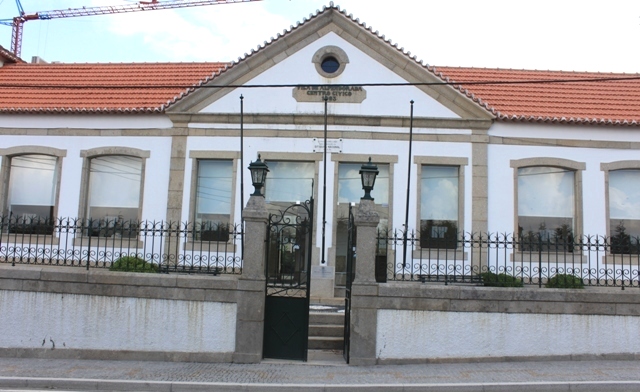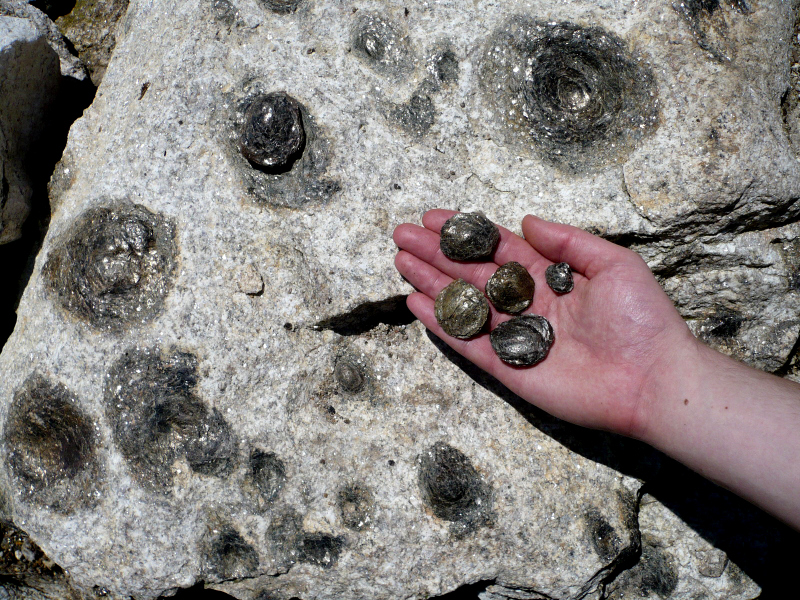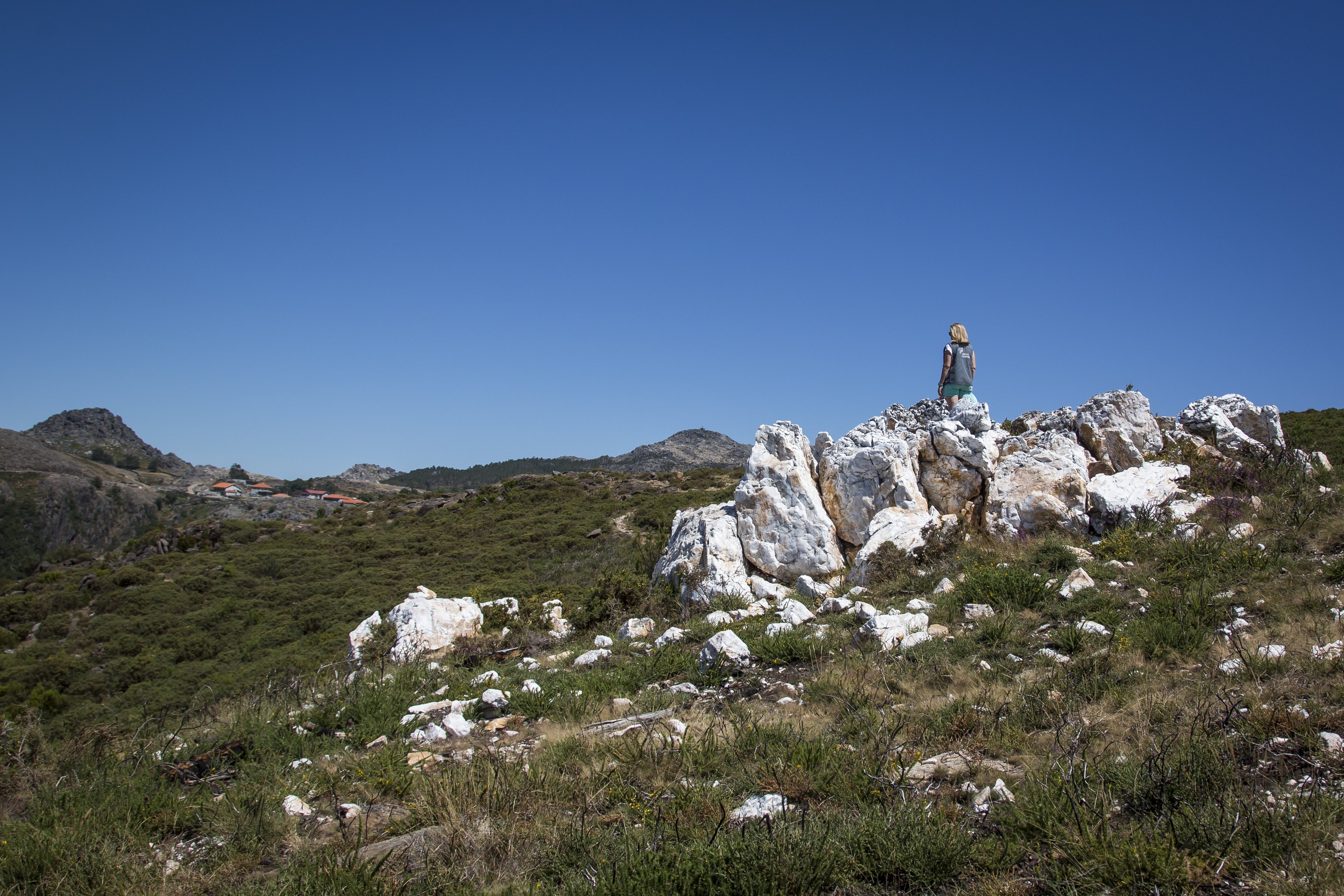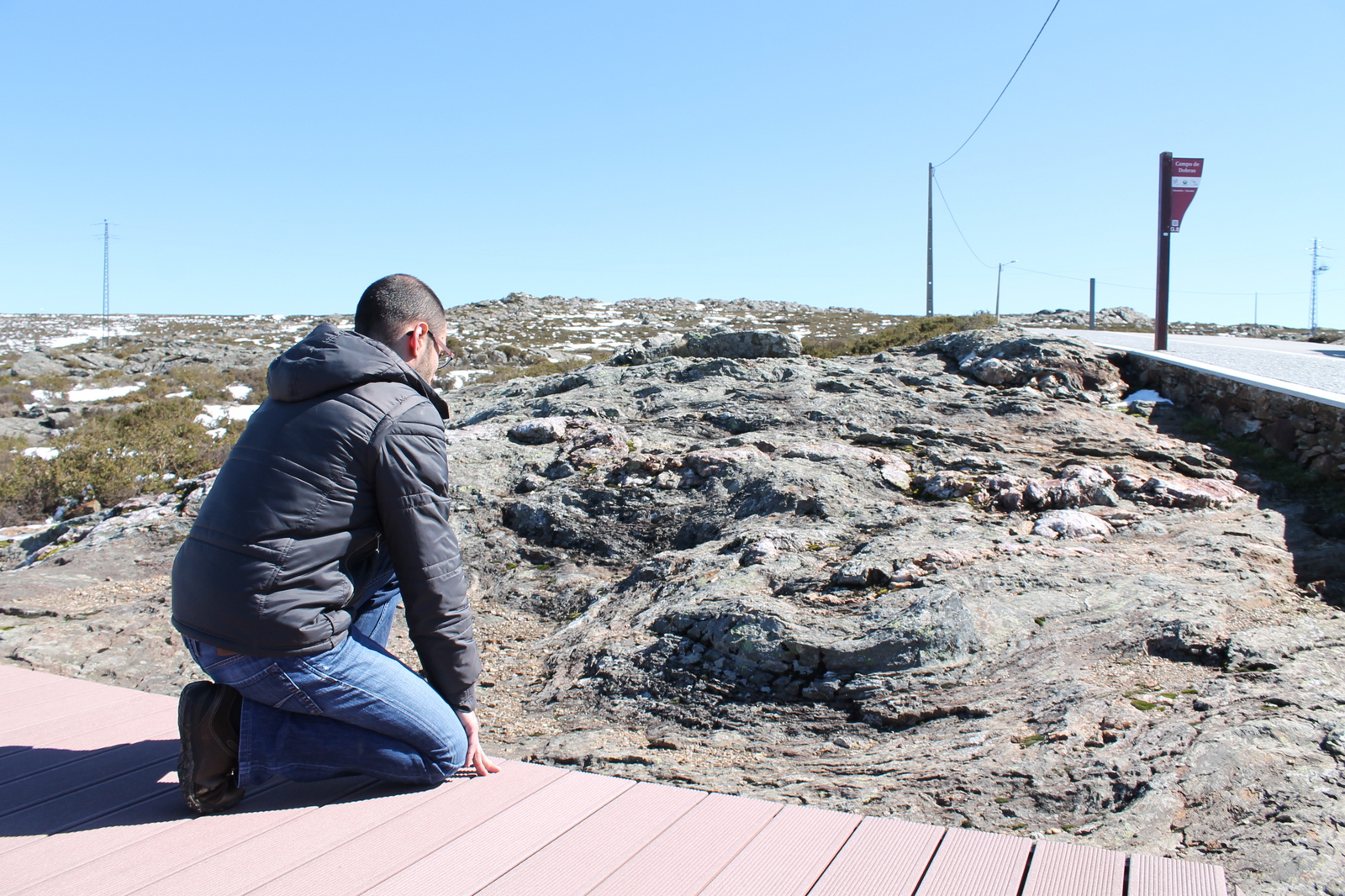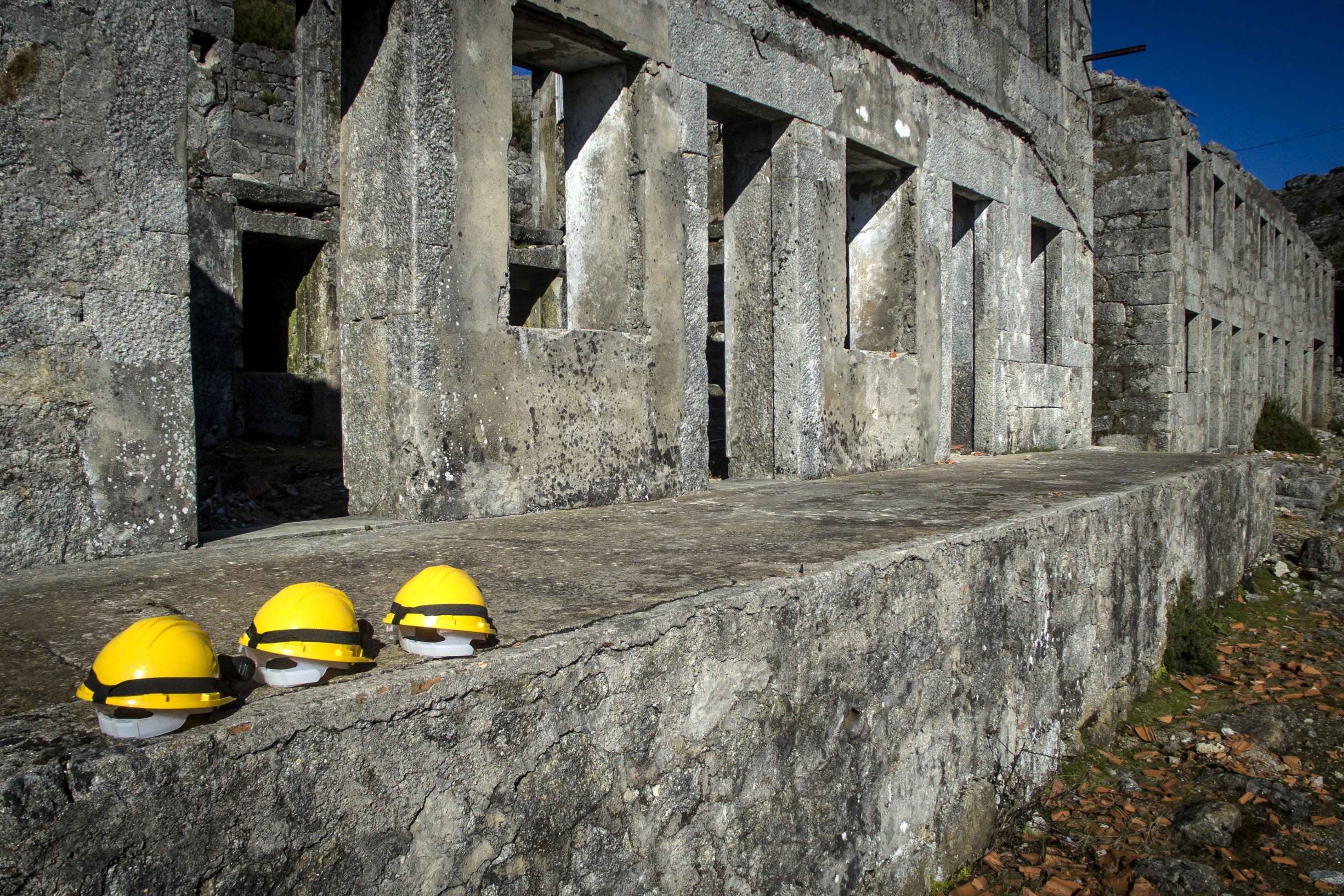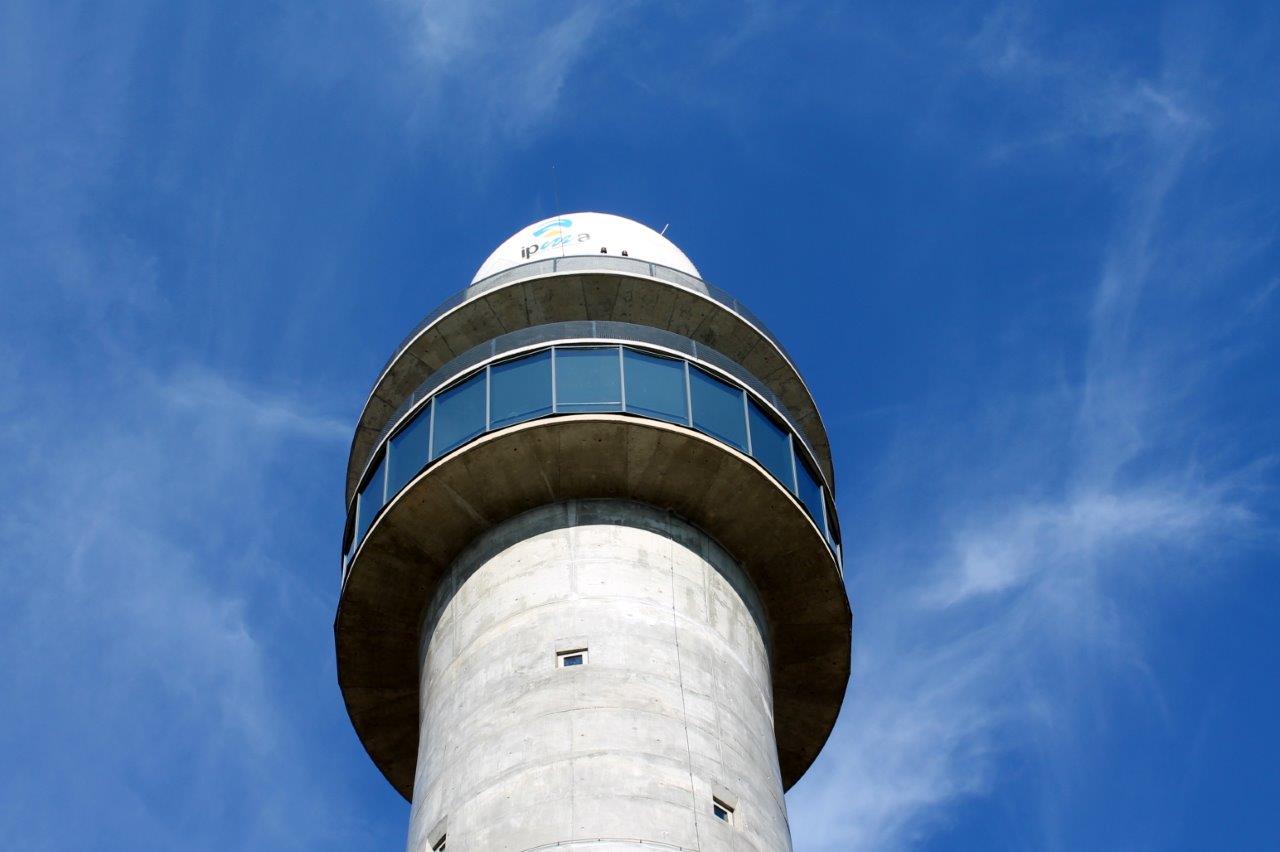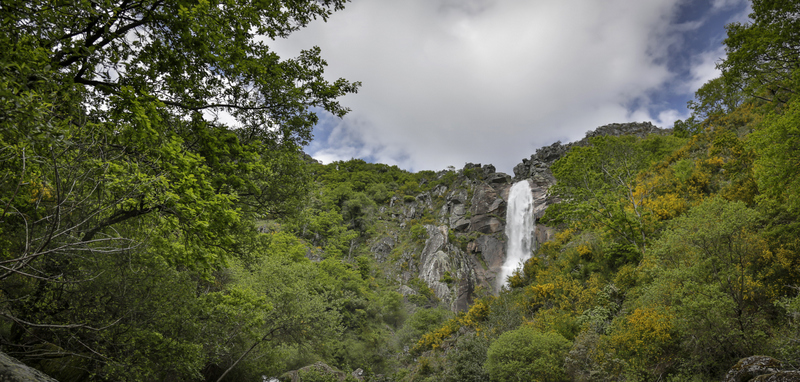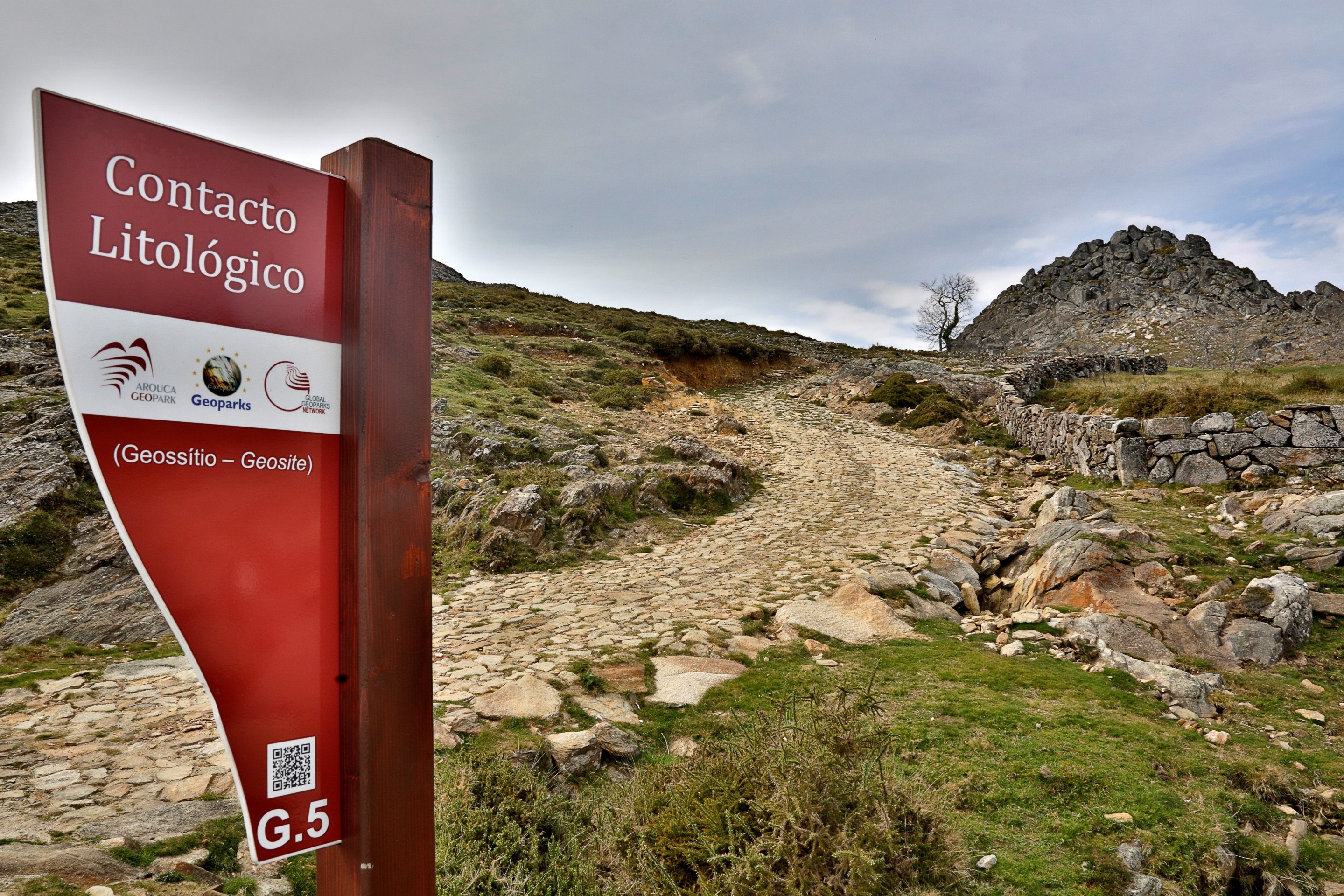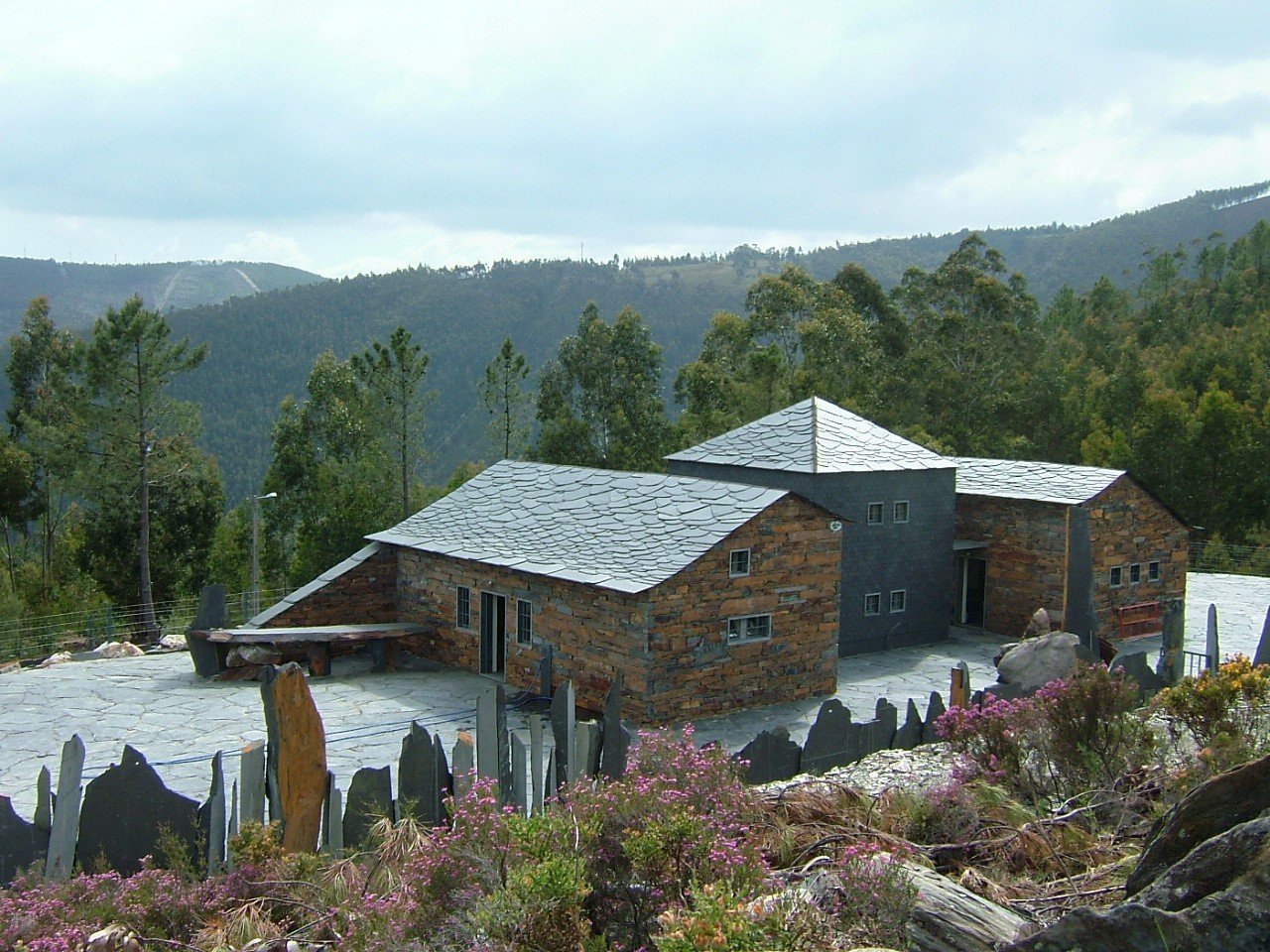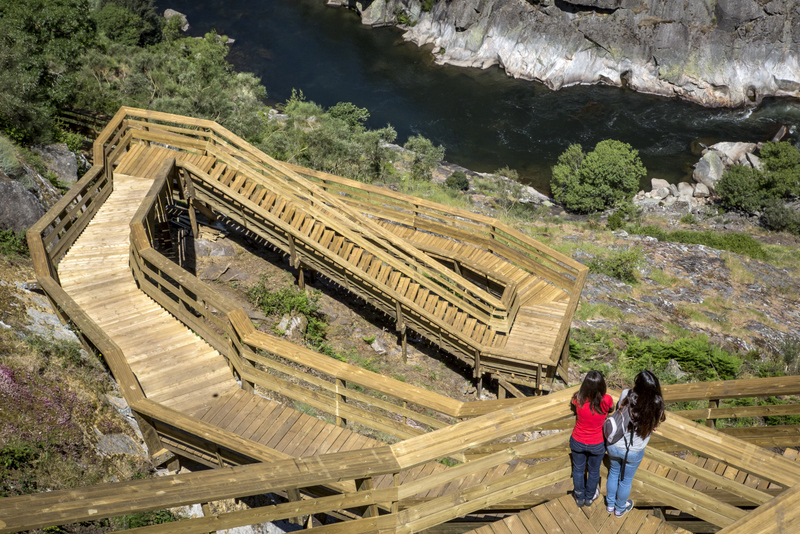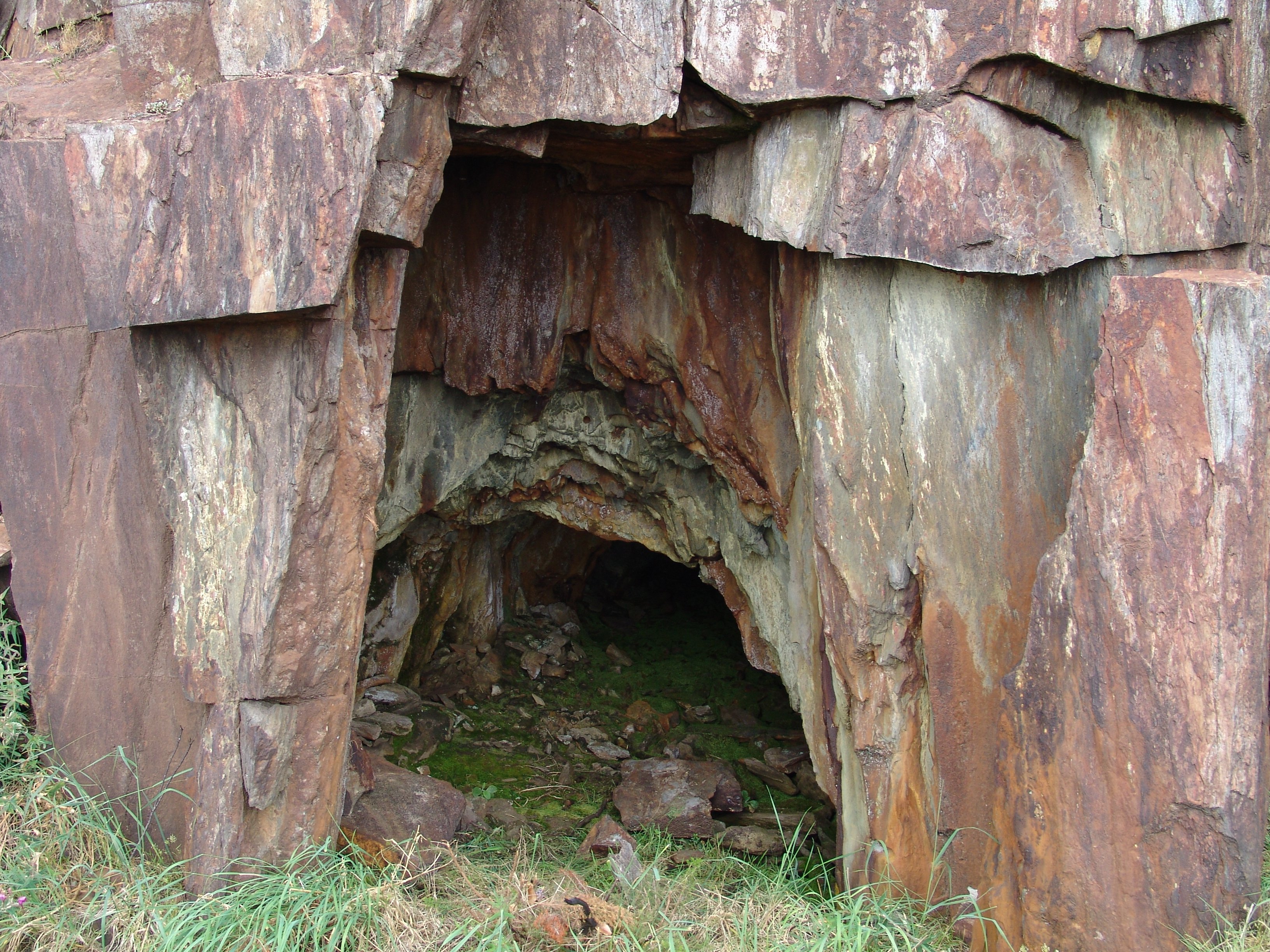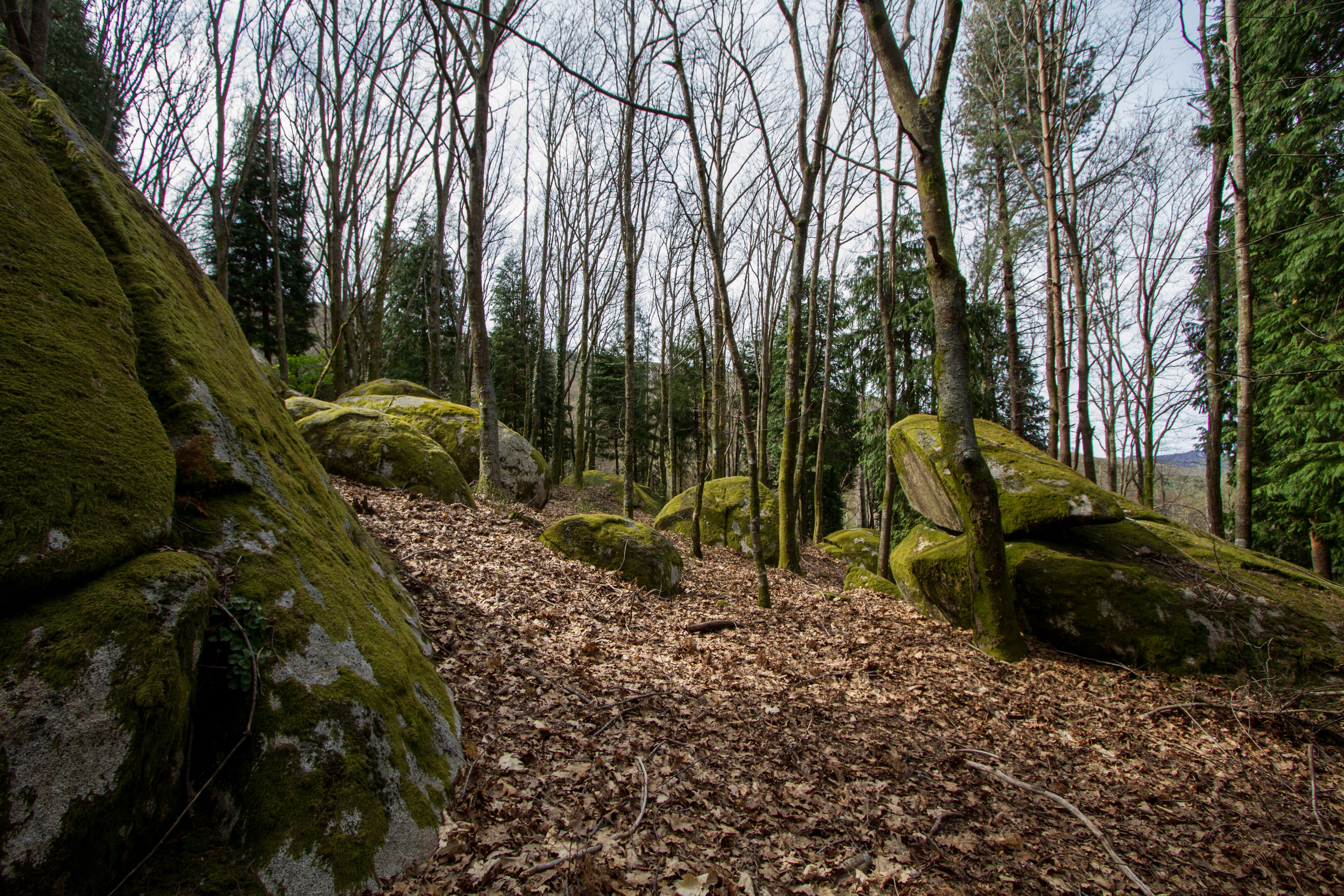This geosite is an outcropping found in the slope of the road near the settlement of Chao de Espinho. It is a location which proves the even earlier state of the evolution of orthogonal fracturing of the Quartz Diorite Mass. The network of ...
Stone Museum of Marco de Canaveses, Alpendorada, Várzea e Torrão
The Stone Museum of Marco de Canaveses is more than what you see. The permanent exhibition is the first step of a project to extend the Museum to other places. In the future it will be a polynuclear museum. Larger, dynamic and innovative. From the center of the Stone Museum, located in Alpendorada e Matos, it will extend to other parts of Marco de Canaveses, showing how the relationship with the rock is an ancient matrix of the county. Many poets wrote about the stone, but here an alive dialogue takes place through the ancient relationship with man, as an instrument of art, and as the basis of local wealth. The stone is in the blood of this town and county as a monument to their culture. For everyone to feel it belongs to them. And to make everyone feel it. The stone and the culture.
CHARACTERISTICS
City: Alpendorada, Várzea e Torrão
Postal Code: 4575 - 029
Telephone: 255616150
Email: museudapedra@cm-marco-canaveses.pt
Website: http://
From 12:30:00 to -.
From 17:00:00 to -.
Weekend and Holidays Schedule:
From 00:00:00 to 00:00:00.
From 00:00:00 to 00:00:00.
Exceptions:
To visit, contact the Parish Council of Alpendorada, Várzea and Torrão.
Paid Entry:
0€
Discount Policy:
Free Admission
Specific Conditions:
To visit, contact the Parish Council of Alpendorada, Várzea and Torrão.
Method:
On foot
Difficulty Level:
Low
Group Visits:
Yes
Minimum Number of Person per group:
5
Maximum Number of Person per group:
15
Observations:
To visit, contact the Parish Council of Alpendorada, Várzea and Torrão.
Guided Tours:
Yes
Observations:
To visit, contact the Parish Council of Alpendorada, Várzea and Torrão.
-
Activity Program:
-
Study and Research Unit:
-
Audiovisual and Multimedia Resources:
-
Volunteering Programs:
-
T. Rodoviário
Agency Name:
Joalto
Telephone Number:
222076110
Parking for private vehicles:
Yes
Built in the XI century underwent several changes in XVI, XVII, XVIII and XX Centuries. Of religious architecture, Romanesque and Baroque. Former male convent of the Benedictine Order, with Baroque conventual church of longitudinal plant and nave barrel vault covered with side altars and carvings; main facade without great finished in decorative richness triangular front. Convent with cloister of severe lines, with arcades full of arches on Ionic columns. Currently is installed in this building the Hotel Convento de Alpendorada.
gps: 41.081955 -8.23539
distance: 3km
Cais, House of Traditional Products and River Beach of Bitetos
Overlooking the River Douro, in Bitetos quay, you can find a great view and a place to buy local handicraft, taste and buy wines from Marco Wine Route and get all the information you need about the Municipality. Bitetos River Beach is a certified bathing area. Benefiting from infrastructures of access for handicapped people and for those with reduced mobility, it has awarded the title « Accessible Beach /Beach for All».
gps: 41.07109 -8.25817
distance: 5km
Church and Monastery of Vila Boa do Bispo
The church is classified as National Monument and it is annexed to the Monastery of Vila Boa do Bispo. A small granite wall next to the main facade of the Church and Monastery defines the churchyard. Founded in the 10th century, the building is a longitudinal plan, composed of a single nave, a rectangular presbytery and a double sloping roof. The main facade located on the west presents a central portal with two volutes one at each side.
gps: 41.13026 -8.22052
distance: 0km
Tongobriga, Roman City
Excavation began in August 1980, in a place called Capela dos Mouros, a name given by its inhabitants to the ruins of the Roman City. The Roman Iron Age structure created in Tongobriga, possibly under the emperor Augustus, grew politically, administratively and economically, giving origin to the construction of a town. The excavation made possible to confirm that at the end of the 1st century, beginning of the 2nd, Tongobriga appears as civitas, with great influence over the region.
gps: 41.157613 -8.145745
distance: 18km
Santa Maria Church
Santa Maria Church is definitely one of the most impressing monuments of the modern architecture in Marco de Canaveses. Designed by the greatest architect Álvaro de Siza Vieira, the project illustrates a different concept of a sacred temple.
gps: 41.18838 -8.14553
distance: 19km
In November 3rd, 2012 was inaugurated the House of Parideiras Stones - Interpretation Centre. This is a house that aims to contribute to the conservation, understanding and appreciation of this important geological heritage and to promote i ...
Compact Quartz vein, approximately 2m thick, set in a NW-SE direction, which stands out from the landscape due to its high resistance to erosion. This is an occurrence which is representative of multiple quartz veins which outcrop in the Se ...
This geosite comprises an area that presents diverse outcroppings of intensely folded Ante-Ordovician metasediments. These are mica schists that present abundant inter-layers of metagraywackes and veins of quartz which highlight the numerou ...
The municipality of Paredes in partnership with the Department of Geosciences of FCUP have worked in the preservation and promotion of the the Gold Mines of Castromil. This work received an Honorable Mention in the Geoconservation Award, 20 ...
In Paredes, the Castromil and Banjas areas shows important vestiges of the auriferous exploitations of Romans times. This region belongs to the northwest Iberian Peninsula that has been considered one of the richest and most gold produced ...
Since the beginning of the 20th century the "Mine Manifests" have declared numerous areas of metalliferrous interest in the parish of Regoufe. On January 9, 1915 the permit was issued for the exploitation of the "Regoufe Mine," or Poça da C ...
In Serra da Freita, near the village of Castanheira, you can rise to the Panoramic Floor of the Arouca Meteorological Radar (10th floor) and understand the operation of this technical infrastructure, at the service of the Portuguese Institu ...
A well-marked and easily recognisable land feature which pertains to the Serra da Freita landscape, which is similar to the cow´s rump. It is a lookout point of high geomorphological relevance with privileged views of the Moldes Valley, and ...
The Ecological Corridor is essentially a pedestrian trail along the important fluvial systems within the landscape. A large portion of this trail "is built in land with lithology from the Precambrian and/or Cambrian and/or Ordovician period ...
The Environmental Interpretation Centre - CIA, is a space for reception of visitors, for the dissemination and promotion from the Área de Paisagem Protegida Local (Local Protected Landscape Area) of the Serras de Santa Justa e Pias (Santa J ...
Panoramic view, of national importance, where the highest waterfall of Portugal can be seen, located at the contact between the Serra da Freita granite and the ante-Ordovician metasediments (schists and greywackes). As granite is more resis ...
Geosite located in the plateau of Freita, marked by two granite blocks, displaced from the residual body. The local name is due to the polygonal network of shallow fissures on the rocks´ surface which is similar to the crust of a traditiona ...
Currently abandoned, the Rio de Frades Tin and Tungsten Mines were exploited by the Companhia Mineira do Norte de Portugal (Northern Portugal Mining Company), of German ownership, which was at its height during the Second World War. Accordi ...
Near the town of Mizarela, following a NW-SE and sub-vertical direction, is a clear contact between the Ante-Ordovician metasediments and the granite from Serra da Freita. Here the metamorphic rocks present high concentrations of staurolite ...
Created in 1989 , the Mining Museum of São Pedro da Cova has as its mission the enhancement , promotion and dissemination of geological and mining of São Pedro da Cova . Housed in the old Houses of Malta is acquired by the Parish of São Ped ...
The fossils collection of the Trilobites Museum, also known as the Geological Interpretation of Canelas Center (CIGC), is a geosite with international relevance. Open to the public since 1 of July, 2006, in the parish of Canelas, is located ...
The Paiva Walkways (Passadiços do Paiva) are located on the left bank of the Paiva River. Along 8700 m the path provides an "untouched" tour, surrounded by landscapes of unparalleled beauty, which lead us to discover a set of five Arouca Ge ...
The wolframium deposits integrate with a set of subvolcanic deposits of tungsten and tin which are distributed from Galiza to Castela (Spain) crossing the northern and central regions of Portugal and defining the so called "Tin-Wolframium I ...
Pedestrian trail "built in land with lithology from the Precambrian and/or Cambrian Periods and up through the Ordovician Period. In the beginning of this trail, lithology such as schist and siltites from the Ordovician Period is present. A ...
The Museu da Lousa is composed of 3 houses, built with the traditional technique, such as the exterior wall. The first house is intended for carrying out slate workshops. The second house evokes a miner’s house, with a kitchen area, a noctu ...
In the Viveiros da Granja area stand out huge rounded boulders resulting from a fracturation pattern and from the water flow along these fractures of the granite massif of Arouca.The boulders that resisted the physical and chemical changes ...
Route with signaling limitations. It will soon be reformulated and integrated into the Park Network of the Serra das Porto Park. Pedestrian trail "exclusively implemented within land comprised during the Ordovician period. In the beginning ...


